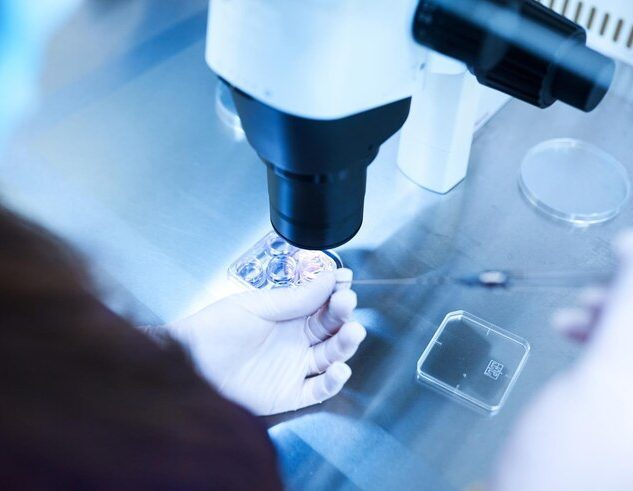Services
Blog

What is Cytoplasmic Transfer?
This transferred healthy ooplasm includes a small amount of cytoplasm, mitochondria, and other supportive organelles, but not DNA.
What is Cytoplasmic transfer and who could apply it?
Cytoplasmic transfer (CT), which involves on the transfer of mitochondria, other organelles and a range of unknown cytoplasmic factors’, leads to increase in both the quantity and quality of mitochondria.
The procedure itself involves using the cytoplasm of a young fertile egg donor to rejuvenate the patient’s eggs. This fertile donated cytoplasm is rich in factors essential for the sustainable development and implantation of the embryo. Injecting this “fertile” cytoplasm into the patient’s egg provides the embryo with a source of energy that is often all that is needed for better embryo development and implantation.
One of the main advantages of Cytoplasmic Transfer is that it neither harms nor modifies the DNA structure of the egg’s collected from the receiving patient as the core of the oocytes collected from the receiving patient are retained. Since the mitochondria are replaced with a healthier mitochondria from a donor, your eggs are given the ideal conditions to develop.
In other words, the nucleus of your eggs are placed into a healthier environment (Ooplasm) to have an increased possibility of fertilization and ability to develop into the last stage of “embryo” before implantation.
We recommend Cytoplasmic Transfer to patients:
- Who had repeated miscarriage
- Who had suffering from mitochondrial disorders
- With low egg/ovarian reserve
It’s a procedure that can be used alongside IVF and ICSI treatments. Its main purpose is to help those women who suffer from infertility because they have damaged or deficient mitochondria within the cytoplasm of the egg. It’s usually something which is found in older women, simply because our biological processes decline with age – and so do our cells and the content of these cells.
What is Mitochondria itself and its importance?
Mitochondria is responsible for: energy production, cell division and cellular growth – all vital to have a healthy egg. If the Mitochondria is deficient, it can lead to high levels of embryo fragmentation and repeated implantation failures. These are things which can lead to poor embryo development and as a result, a failed IVF cycle.
Which patients can benefit from this the most?
Older women who have come for IVF treatment and don’t want to use donor eggs because they want a biological link to their baby, which is totally very understandable. Cytoplasmic transfer gives those patients a chance, without using donor eggs.
Are there any disadvantages?
It’s worth pointing out that although this procedure gives a higher percentage of being successful, it doesn’t have the same chances as using donor eggs entirely. The appeal of CT is that the patient retains their own genetic material; all that’s going on is that the cells are given a healthier environment to work in, which increases the chance of creating higher quality blastocysts which leads to higher quality embryos.
Meanwhile, you can create those embryos and some of them you can save for a future IVF in order to save time and money in the future.
It’s worth pointing out that although using Cytoplasmic Transfer means that you are putting the embryos in the best environment for their development, which does give a higher chance of success using the patient’s own eggs, but using donor eggs entirely is probably the best way to go, for the maximum benefits of IVF.



